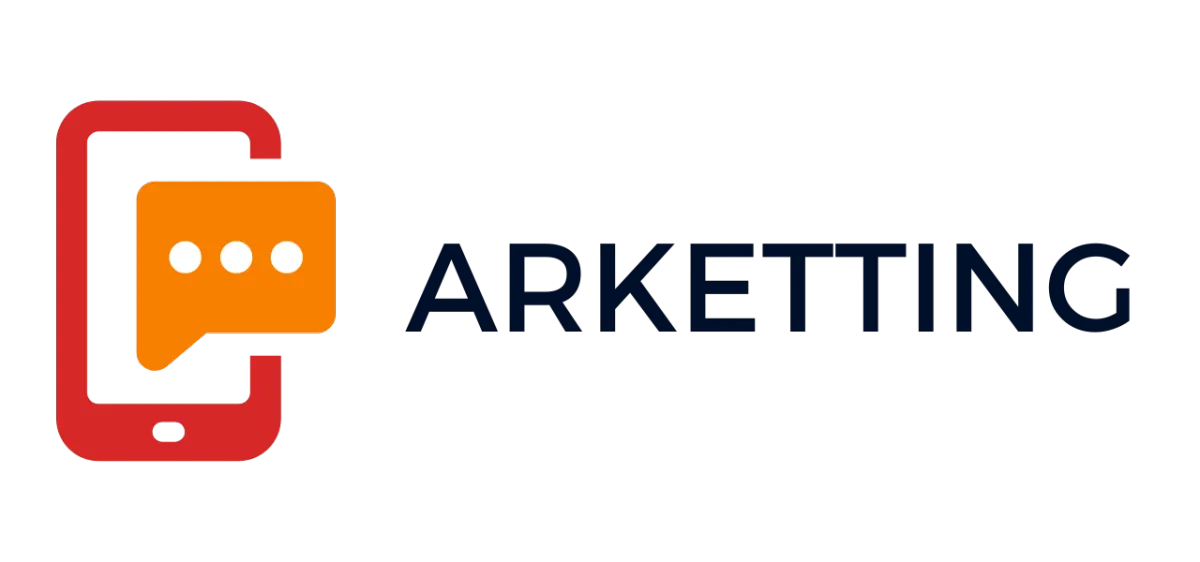
The Magic of Lead Nurturing: Mastering the Art of Follow-Ups
Imagine you’re at a bustling networking event, engaging with potential clients. The allure of fresh connections is electrifying, yet the work doesn’t stop when you exchange business cards. It’s what happens after that counts. This blog unpacks the strategies behind lead nurturing and the pivotal role follow-ups play in sales success. Dive into personal stories and expert insights that make this process not just a tactic but an art form.
Why Follow-Ups Are Your Secret Weapon
Imagine this: you’ve had a great conversation with a potential client. They seem interested, but then… silence. They’ve ghosted you. You might feel frustrated, wondering what went wrong. But here’s the truth: follow-ups can be your secret weapon against this buyer ghosting.
Creating Connections
Follow-ups are more than just a polite nudge. They create a connection. Think of it this way: when you reach out again, you’re showing that you care. You’re not just another salesperson trying to make a quick buck. You’re someone who values the relationship.
Follow-ups counter buyer ghosting. They remind your leads that you’re still there, ready to help.
Statistics show that 80% of sales require at least five follow-ups to close. Yes, five! That’s a significant number.
Even a simple 'how are you?' can reignite a dying lead. It’s amazing how a little effort can spark interest again.
The Power of Persistence
Have you ever heard the saying,
"Persistence is the twin sister of excellence." - Frank Tyger
? This quote perfectly encapsulates the essence of follow-ups. When you persistently reach out, you’re not just being annoying. You’re demonstrating your commitment to the potential client.
Consider this: 60% of leads will not be ready to purchase for at least three months. That’s a long time to wait. But with consistent follow-ups, you can stay top of mind. You can nurture that lead until they’re ready to buy.
Turning Conversations into Relationships
Follow-ups are not just reminders; they’re opportunities. They help build trust and rapport with potential clients. When you follow up, you’re turning a fleeting conversation into a long-term relationship. You’re showing that you’re invested in their needs.
Think about it. If you were in their shoes, wouldn’t you appreciate someone checking in? It makes you feel valued. It makes you feel important. And that’s what you want for your leads.
Simple Steps to Effective Follow-Ups
So how can you make your follow-ups effective? Here are some simple steps:
Be timely. Don’t wait too long to follow up. A few days after your initial conversation is ideal.
Be personal. Tailor your message to the individual. Reference something specific from your last conversation.
Be consistent. Set reminders for yourself to follow up regularly. This keeps you on track.
Be genuine. Show that you care. Ask about their needs and how you can help.
Remember, follow-ups are not just about closing the sale. They are about building a relationship. They are about showing that you care about your leads. This approach can lead to long-term success.
In the world of sales, persistence pays off. Don’t underestimate the power of a simple follow-up. It could be the difference between a lost lead and a loyal customer.
Crafting the Perfect Follow-Up Message
Have you ever received a follow-up message that felt like it was written just for you? It’s a great feeling, right? That’s the power of personalization. In sales, a well-crafted follow-up can be the difference between closing a deal and losing a prospect. Let’s dive into how you can create the perfect follow-up message.
1. Personalization is Key
Imagine you’re having a conversation with a friend. You wouldn’t just talk about random topics. You’d refer back to things you’ve discussed before. The same principle applies to follow-up messages. Tailoring your message based on prior conversations shows that you care. It builds rapport and trust.
Use names: Start with the recipient's name. It makes the message feel more personal.
Reference past interactions: Mention specific details from your previous conversations. This shows you were listening.
Ask questions: Engage them by asking about their needs or concerns. This keeps the conversation going.
Did you know that messages conveying personalization have a 20% higher open rate? That’s a significant boost. When you personalize, you’re not just sending a message; you’re creating a connection.
2. Use Storytelling to Engage
People love stories. They’re memorable and relatable. Instead of just listing features of your product or service, share a success story. For instance, tell them about a client who faced similar challenges and how your solution helped them overcome those obstacles.
Think about it: if you were in their shoes, wouldn’t you want to hear how someone else benefited? Stories create an emotional connection. They make your message more engaging and persuasive.
"People don’t buy what you do; they buy why you do it." - Simon Sinek
This quote perfectly encapsulates the essence of storytelling. It’s not just about the product; it’s about the impact it has on people’s lives. When you share stories, you’re not just selling; you’re inspiring.
3. What to Avoid
Now that you know what to do, let’s talk about what to avoid. Overly salesy pitches can alienate prospects. No one likes to feel pressured. Here are some things to steer clear of:
Avoid jargon: Use simple language. Don’t confuse your audience with complex terms.
Don’t push too hard: Give them space to think. A follow-up should feel like a gentle nudge, not a shove.
Skip the generic templates: Personalization is key. Generic messages feel impersonal and can turn prospects away.
Instead of pushing for a sale, focus on building a relationship. Ask for feedback or offer additional resources. This shows you’re invested in their success, not just your own.
Examples of Effective vs. Ineffective Follow-Up Messages
Let’s look at a quick comparison:
Effective: "Hi Sarah, I hope you’re doing well! I was thinking about our last conversation regarding your marketing strategy. I recently helped a client in a similar situation, and they saw a 30% increase in engagement. Would you like to chat about how we can achieve similar results for you?"
Ineffective: "Hi, I wanted to follow up on our last meeting. Please let me know if you’re interested in our services."
The first message is engaging and personal. It references past conversations and provides a story. The second message? It’s bland and lacks connection. You want your follow-ups to resonate, not fade into the background.
Final Thoughts
Crafting the perfect follow-up message is an art. It requires a blend of personalization, storytelling, and a genuine approach. Remember, you’re not just selling a product; you’re building a relationship. By focusing on the needs of your prospects and sharing stories that resonate, you can create follow-ups that stand out in a crowded marketplace. So, what will your next follow-up message look like?
Timing is Everything: When to Follow Up
Have you ever sent an email and wondered when you should follow up? Timing can be the key to unlocking a successful response. It’s not just about what you say; it’s about when you say it. In this blog, we’ll explore the art of timing in follow-ups and how it can significantly impact your success.
1. Develop a System for Timely Follow-Ups
Imagine you’ve just met a potential client at a networking event. You exchanged business cards, and they seemed genuinely interested in your services. What do you do next? You need to follow up, but how quickly? Immediate responses are often critical for retention. If you wait too long, that spark of interest might fade.
Creating a system for timely follow-ups can help you stay organized. Here are a few tips:
Set reminders for follow-ups.
Use templates for quick responses.
Track your interactions to know when to reach out.
By developing a system, you can ensure that you’re not just following up, but doing it at the right time.
2. The 2-3 Day Rule
Research suggests that waiting 2-3 days post-event for follow-ups can be beneficial. Why? It allows the other person to digest the information without feeling overwhelmed. You don’t want to come off as pushy, right?
Think of it this way: if you just had a great meal at a restaurant, would you want the waiter to come back immediately and ask how it was? Probably not. You’d appreciate a little time to enjoy your meal. The same goes for your prospects. Give them space, but don’t let too much time pass.
3. Know Your Audience
Every industry has its own norms. Some sectors thrive on quick responses, while others prefer a more measured approach. For instance, in tech startups, speed is often crucial. But in consulting or legal fields, a slower, more thoughtful response may be appreciated.
Ask yourself: What does my audience expect? Tailoring your follow-up strategy to fit your audience can enhance your chances of a positive response.
The Impact of Timing
Timing can significantly influence response rates and conversion success. Did you know that follow-up emails sent within an hour receive a 7 times higher response rate than those sent later? That’s a staggering statistic! It shows how crucial it is to act quickly when the moment is right.
When you reach out promptly, you’re not just following up; you’re showing that you care. You’re telling your prospect, “I value our conversation.” This can make all the difference in building a relationship.
Quotes to Remember
"The right message at the right time can work wonders." - Sales Expert
This quote encapsulates the essence of follow-up timing. It’s not just about sending a message; it’s about sending the right message at the right moment.
Understanding the Nuances of Timing
Understanding the nuances of timing in follow-ups can not only improve response rates but also assist in maintaining a positive ongoing dialogue with prospects. When you follow up at the right time, you make them feel valued. You’re not just another salesperson; you’re a partner in their journey.
In conclusion, mastering the timing of your follow-ups can transform your approach to sales. By developing a system for timely responses, adhering to the 2-3 day rule, and knowing your audience, you can significantly enhance your chances of success. Remember, it’s not just about the follow-up; it’s about how and when you do it. So next time you send that email, think about the timing. It could be the difference between a closed deal and a missed opportunity.
TL;DR: Lead nurturing is essential for sales success, and effective follow-ups transform potential into loyalty. Master the art with unique strategies and personal insights.


